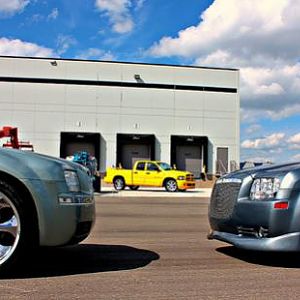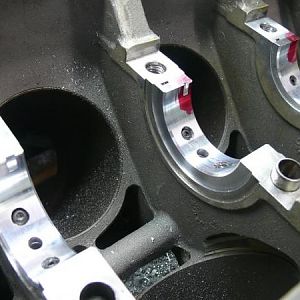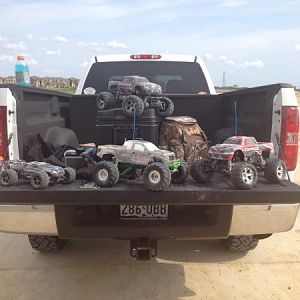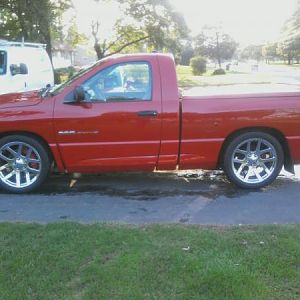What is your point? that does not change the fact that his dyno graphs are wrong. and from the page you used :
"There are a few common misconceptions concerning horsepower, torque, and the role they play in your engine and in your vehicle. For starters, they are not independent factors – the horsepower and torque numbers are mathematically linked with a formula: horsepower = torque X rpm / 5252. Therefore at any given rpm, if one knows the torque, one can calculate the horsepower, and vice-versa. In the automotive world, torque is strength and horsepower is the ability to perform work in a given amount of time. So, regardless of how badly one wants that high torque number, horsepower is what actually moves your car down the street or around the track, and horsepower is what tows trailers."





